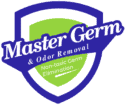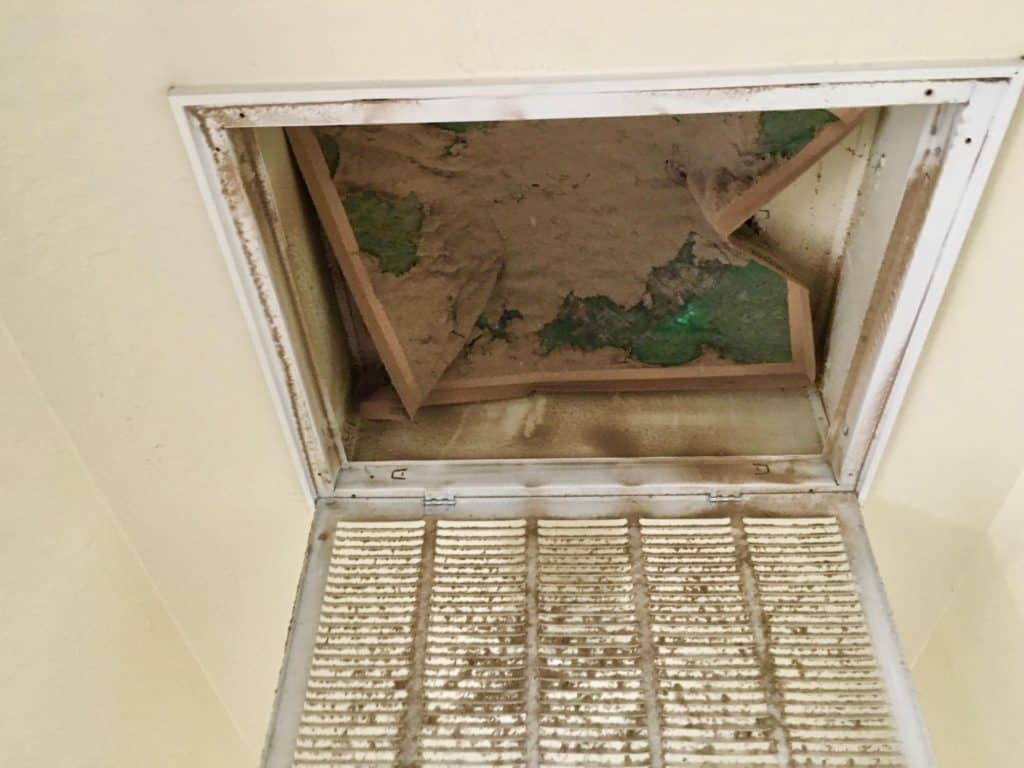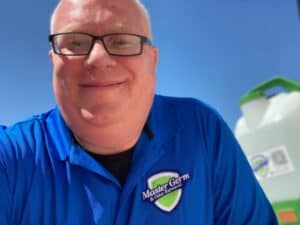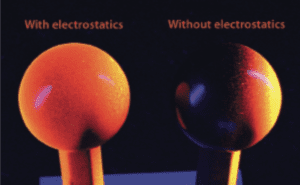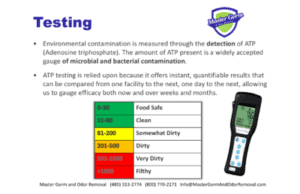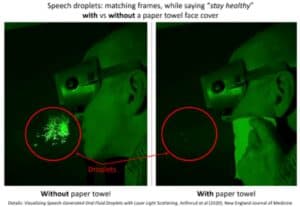[cmsmasters_row data_shortcode_id=”1a63737179″][cmsmasters_column data_width=”1/1″][cmsmasters_heading shortcode_id=”fapgvsr3ao” type=”h1″ font_weight=”default” font_style=”default” text_align=”left” margin_top=”0″ margin_bottom=”20″ animation_delay=”0″]HVAC Filter Change for Odor Removal and Allergy Relief[/cmsmasters_heading][cmsmasters_text shortcode_id=”22f9c10dc5″]
Today is a great day to change, or at least check, your HVAC return filter. Not only does this filter protect the expensive ac unit, the entire ductwork on the ac system is getting contaminated in the picture above because the filter is no longer creating a seal, so months of dust and dander are getting in to the previously-clean ductwork. Let me say that one more time…months of dust and dander have been collected in one small place and are now entering the air heating and cooling system that SHOULD remain clean at all times.
Quality of life is directly related to air quality in the home. Poor air quality, in this case, is a result of a filter not filtering any longer, leading to allergies, breathing difficulties, a compromised immune system, and terrible sleep, and biological materials (dander, hair, etc.) getting in, decaying, and stinking! Simply changing this filter when it gets dirty, or each month (whichever comes first) will make a huge difference.
If you own or manage a property, commercial or residential, take responsibility for changing the air filter so that you, or your employee, have eyes in the home or office space each month. Your tenant will appreciate not having to purchase and install the filter–they may not have access to a ladder or step-stool, preventing them from changing their own filter. You will get eyes in the property to make sure it is being maintained, potentially saving you thousands of dollars in damages. Read on for the story about the above-pictured property.
I received a call from a private landlord who owns, with a few investors, five homes in the Phoenix, AZ metro area. This home is nearly 3,000 square feet and had terrible pet and filth odors. The tenants had lived in the home for four months, and both HVAC return filters looked like this–this is the better of the two. The other one was sucked halfway up the return duct. The parents did not supervise their two young daughters very well, and the three or four dogs were locked in closets or other rooms from time to time, so urine and filth were throughout the top floor, stairs, and covering the back yard. Their filth was never picked up outside, and I can only presume some was picked up inside. Dog food, people food, and pet filth was spread on the walls. Even after the carpet was removed upstairs, the odors were overpowering.
To begin fixing the odor problem, his professional handyman (I don’t know his handyman, but I have heard great things about Mel Torres if your in the East Valley of Phoenix) removed the carpet and used a vacuum over every square inch of the home. This is crucial–dry vacuuming the corners and seams of sub-flooring gets the filth and dried urine out of the home. Put a filter on the exhaust of the vacuum and always wear a respirator. Mopping will only spread the odors (pathogens), making odor/germ elimination more difficult as the odors will soak deeper into the floor and under the walls. This is true on wooden floors, concrete floors, tile floors, laminate flooring, etc. Even LVT can accumulate the odor and pathogens, especially in the seams. Do not be fooled that waterproof means odor-proof.
The owner had started priming over the filth and food on the walls. Do not do this! A scrubbing sponge and some all-purpose cleaning (or a bleach solution, or best is our stabilized ClO2) and a little bit of elbow grease is necessary at this point–simply spray, move to the next spot, spray, move to the next spot, spray and so on until you have sprayed that room. Use a rag or sponge to wipe off the foreign matter on the walls and ceilings, and if it’s stubborn, use a scrub brush or scrubbing sponge. If you let the cleaner soak a minute or two while you spray the rest of the room, you may not need to ever scrub. Wear a respirator. A full wipe down of the walls is a good idea at this point, and it’s always a good idea when a repaint happens, even in clean homes. TSP powder is the most economical way to do this. TSP also comes ready to use, and it does a great job prepping walls for good adhesion.
At this point I treated the home with a spray and then again with a gas vapor (ClO2), making sure the ac units would cycle on and off so that the coils and ductwork was treated. All pathogens were eliminated that were not cleaned out of the house. It is non-toxic, but an irritant, so the proper respirator is required. This is not a hard DIY project, but most folks do not own, nor do they want to purchase, the proper respirator. If you’re doing it yourself, please reach out for some tips to stay safe. Master Germ and Odor Removal has the proper equipment and training to stay safe, keep your home safe and secure, and the job will be finished in a matter of hours, or up to 12 hours, instead of a week of treatment on your own. Be prepared to black out the windows if you’re going to do it yourself to protect the chemical reaction if not using an efficiency system.
[/cmsmasters_text][/cmsmasters_column][/cmsmasters_row]
